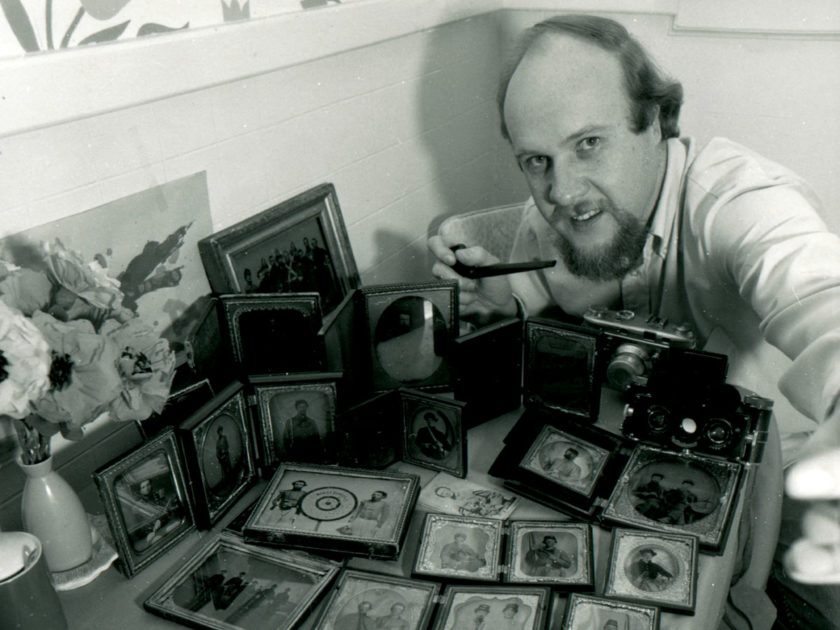
Searching for Herb Peck’s Images: 45 years after the theft of his pre-eminent collection, an update—and a new call to action
By Ronald S. Coddington
I felt immediately comfortable on meeting Felicity Peck for the first time. Her soft eyes and smile, silver hair and British accent charmed me.
“You’re with Millatr

1 thought on “Searching for Herb Peck’s Images: 45 years after the theft of his pre-eminent collection, an update—and a new call to action”
Comments are closed.